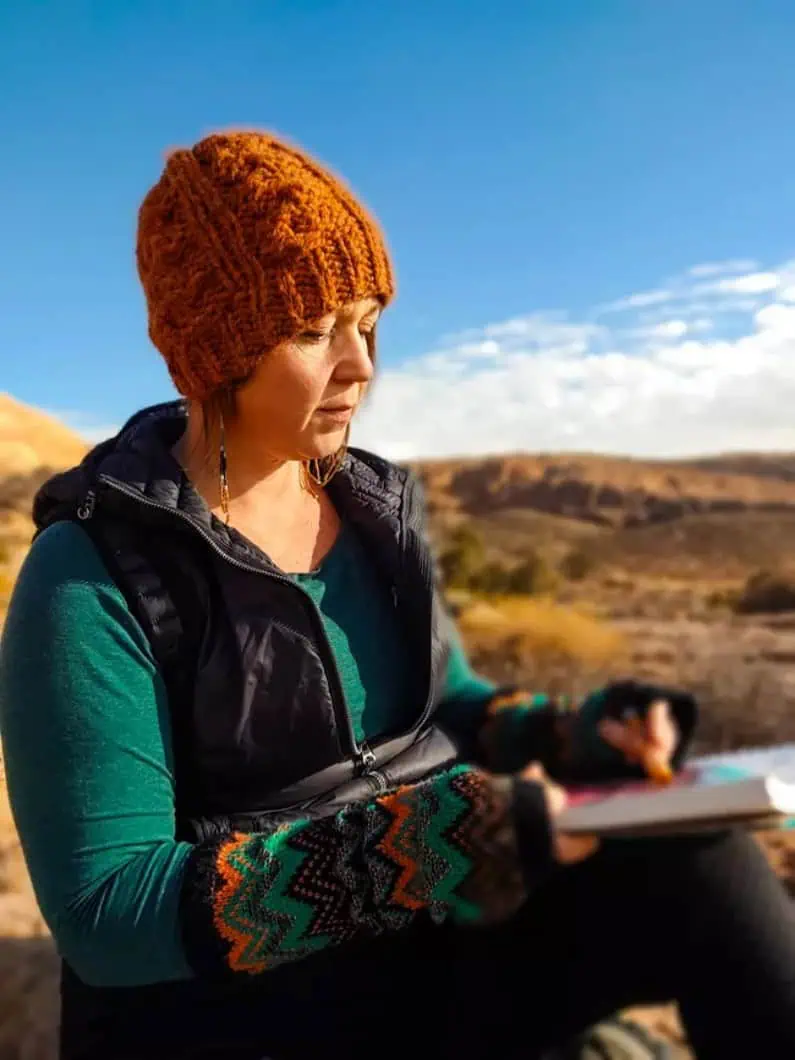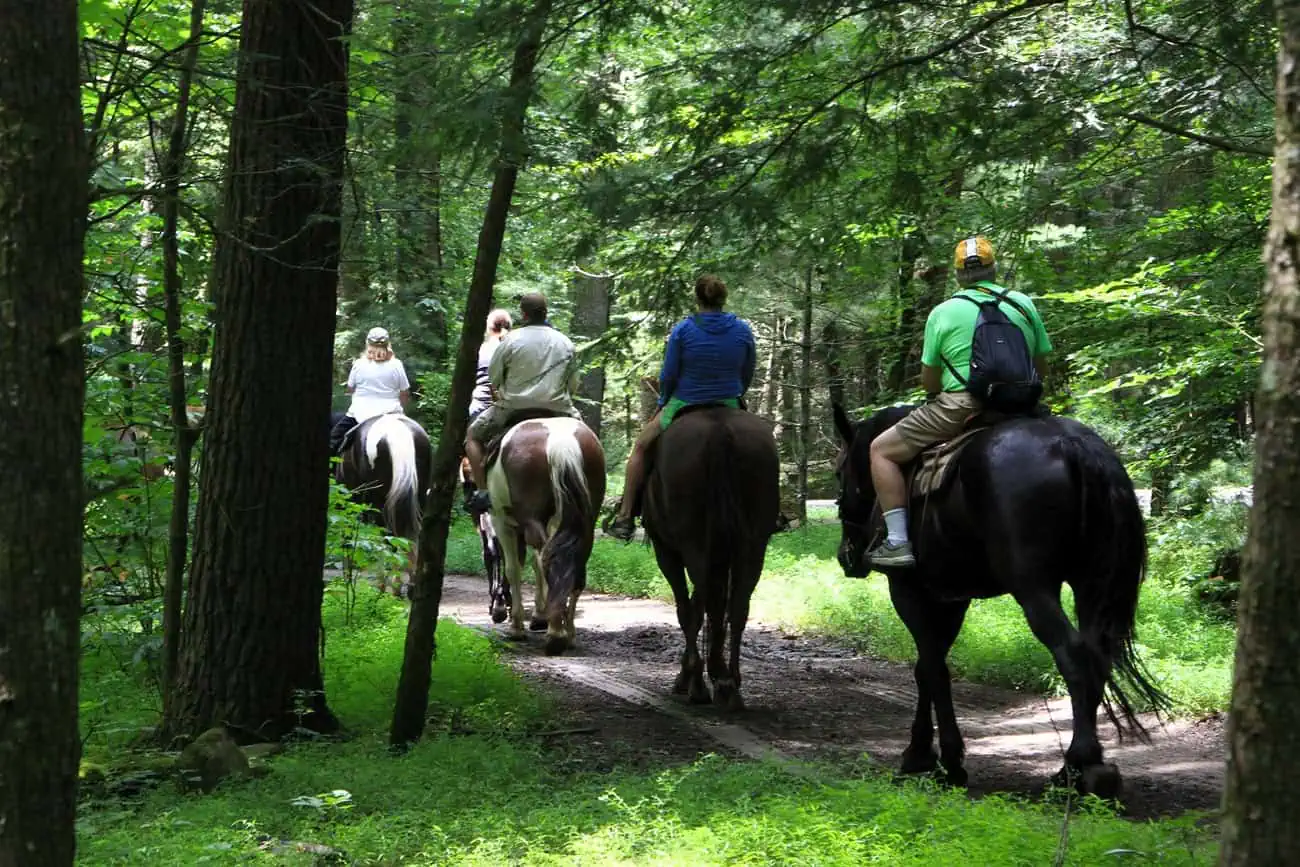Sequoia National Park and Inyo National Forest (California): Climbing Mt. Whitney
Mt. Whitney is the tallest mountain in the “lower 48” states and the most frequently climbed mountain peak in the Sierra Nevada. Situated on the boundary of Sequoia National Park and Inyo National Forest, it offers hikers breathtaking views and a challenging climb, drawing adventurers from around the world.
Most people start their hike from the east side, staying within Inyo National Forest. Because it’s such a popular climb, there’s a permit system in place to protect the backcountry. Whether you’re just doing a day hike or planning a longer trip, you’ll need a permit to enter the Mt. Whitney zone.
If you’re starting from Whitney Portal on the east side, you’ll need to get a permit from the Inyo National Forest. On the other hand, if you begin in Sequoia National Park and head over from the west, you should get a wilderness permit from Sequoia & Kings Canyon National Parks.
The most traveled route is a 10.7-mile trail from Whitney Portal, which is about 13 miles west of Lone Pine. The trail starts at 8,360 feet and climbs to the summit at 14,494 feet. In the spring and early summer, you’ll need ice axes and crampons, but from mid-July to early October, you generally won’t need technical climbing gear.
There are other, less crowded routes too. For example, the High Sierra Trail starts in Giant Forest on the west side of Sequoia National Park and covers about 60 miles one-way. This trek takes at least six days one way or ten days for a round trip.
Arches National Park (Utah): Arts in the Park with Community Artist Annie Dalton
Throughout July, you can watch Community Artist in the Parks Annie Dalton create works of art inspired by blooming native plants. Or you can join her on the flower hunt (with your own art supplies) for a side-by-side creative endeavor.
The Moab, Utah, artist grew up throughout the Southwest, and her work as both a ceramicist and a two-dimensional artist deeply reflects her love for the landscape and its elements.
Since its inception in 2009, the Community Artist in the Parks program has invited local artists to create original pieces and share their creative process with visitors in southeast Utah’s parks. From April through October, Dalton will spend at least 24 hours each month in Arches National Park, Canyonlands National Park, Hovenweep National Monument, and Natural Bridges National Monument.
Monday, July 1, 2024, 7:30 AM – 12:30 PM
Location: Devils Garden area (Landscape Arch to Double O Arch)
Monday, July 8, 2024, 7:30 AM – 12:30 PM
Location: The Windows Section
Monday, July 15, 2024, 7:30 AM – 12:30 PM
Location: Park Avenue / Courthouse Towers
Monday, July 22, 2024, 7:30 AM – 12:30 PM
Location: Sand Dune Arch / Broken Arch / Devils Garden Area
Monday, July 29, 2024, 7:30 AM – 12:30 PM
Location: Delicate Arch

You won’t need a reservation to join Annie, but you will need a Timed Entry Ticket to enter the park. Bring water, sunscreen, and a hat.
Great Smoky Mountains (North Carolina and Tennessee): Horse Camps
Have you ever wanted to explore Great Smoky Mountains National Park on horseback? Well, you’re in luck! About 550 miles of the park’s hiking trails are open to horses. Even better, you can bring your own horses and camp in one of five drive-in horse camps that offer easy access to backcountry horse trails.
Horse camps are located at Cades Cove (Anthony Creek), Big Creek, Cataloochee, Round Bottom, and Towstring. Open from April through October, each of these auto-access horse camps is equipped with picnic tables, fire rings, designated parking spaces (usually gravel), refuse containers, tent pads, and horse hitch racks.
To get started, you’ll need a copy of the park’s trail map, which details the trails where you can ride and outlines the park’s horse riding rules and regulations. You’ll also need a backcountry permit and appropriate parking tag.

Don’t have your own horses? There are guided horseback rides available at three concession riding stables in the park from mid-March through late-November.
• Cades Cove Riding Stables, near Townsend, TN (also offers hayrides and carriage rides).
• Smokemont Riding Stables, near Cherokee, NC (also offers wagon rides).
• Sugarlands Riding Stables, near Gatlinburg, TN.
Voyageurs National Park (Minnesota): Houseboating
Nearly 200 years ago, voyageurs paddled birch bark canoes loaded with animal pelts and trade goods through what is now Voyageurs National Park in Minnesota, heading towards Lake Athabasca, Canada.
Today, you can explore the park’s five major lakes —Kabetogama, Namakan, Sand Point, Crane, and Rainy Lake—by motorboat, canoe, or kayak. Spanning over 219,000 acres, Voyageurs is a water-based park where you need to leave your car behind and take to the water to truly experience its lakes, islands, and shorelines.
It’s a haven for wildlife enthusiasts, with deer, moose, otters, bald eagles, black bears, and white pelicans making it a paradise for photographers. You can spend your days fishing, swimming, bird watching, and berry picking, or just relax and soak in the serene beauty as you float along.
One of the best ways to see the park is by houseboat, with the comforts of home at your fingertips. There’s no fee to enter Voyageurs, but if you’re using a houseboat overnight, you’ll need a permit. There’s no limit on the number of houseboats or permits allowed in the park at one time, and reservations are issued per houseboat for the number of nights you’ll be staying. Bon voyage!
Top photo of Voyageurs National Park in Minnesota by EyeEm/Freepik

